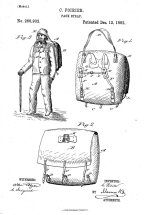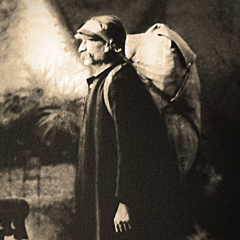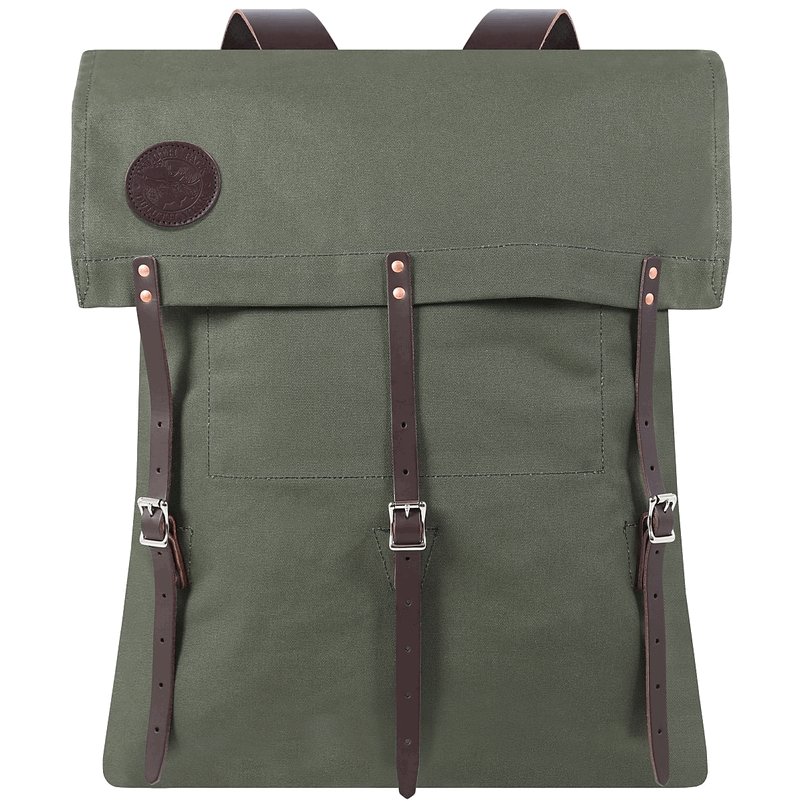- Joined
- Jan 7, 2016
- Messages
- 960
- Reaction score
- 1,879
Anyone have the dimensions of the original # 1 size of Camille Poirier’s pack sack (Duluth & Frost River’s original inventor). I have a book, someplace that lists them all, but in my dotage I can’t remember title or where it might be. I have the original sized #3 & #2 but am thinking that the #1 might be nice for a fly fishing bag. To carry my waders, fishing gear, and tea/coffee brew kit. I currently use the Duluth Pack’s Rambler pack which is probably a better pack for my purposes, although doesn’t look at all like a Poitier’s original.
Off to the catacombs to search for Cal Rutstrum’s books.
Off to the catacombs to search for Cal Rutstrum’s books.



